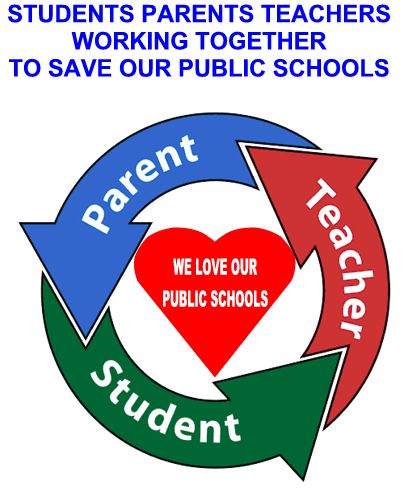Proposed legislation would substantially curb growth of California charter schools
Restrictions would limit appeals, cap number of new charters, factor fiscal impact
The chairman of the Assembly Education Committee and several Democratic colleagues introduced a package of bills Monday that would impose severe restrictions on the growth of charter schools.
Three of the bills would eliminate the ability of charter schools to appeal rejected applications to the county and state, place an unspecified cap on charter school growth and enable school districts to consider the financial impact of charter schools when deciding whether to approve them. A fourth bill would abolish the right of a charter school that can’t find a facility in its authorizing district to locate a school in an adjoining district.
Assemblyman Patrick O’Donnell, D-Long Beach, who chairs the Education Committee, said the bills collectively would enable school districts “to make responsible and informed decisions” that are “critical for student success and taxpayer accountability.” Eric Premack, a veteran charter school adviser and advocate, called the legislation a “full-frontal” assault and “scorched earth” approach to charter schools.
Charter schools are publicly funded schools that have greater flexibility in hiring, curriculum and other aspects of their operations. Unlike traditional public schools run by elected school boards, charter schools in California are nonprofit organizations with self-appointed boards.
The California Teachers Association, which put out the press announcement on Monday, other teachers and school employees unions and the California state chapter of the NAACP endorsed the bills. Their release coincides with the continuing teachers strike in Oakland Unified, where teachers are blaming charter school growth for weakening the district’s financial strength and are demanding restrictions on charter school expansion.
Another bill that O’Donnell co-authored with Sen. Connie Leyva, D-Chino, requiring charter schools to comply with the state’s open meeting, public records and conflict of interest laws, passed the Senate last week and, on a fast track, is scheduled to be heard in O’Donnell’s Education Committee on Feb. 26. Many charter schools already adhere to the laws, but Senate Bill 126 would make enforcement universal. Gov. Gavin Newsom, who campaigned for more charter CONTINUE READING: Proposed legislation would substantially curb growth of California charter schools | EdSource




















